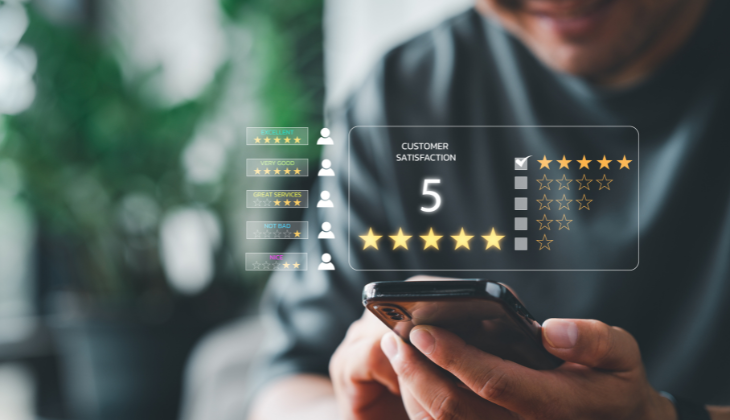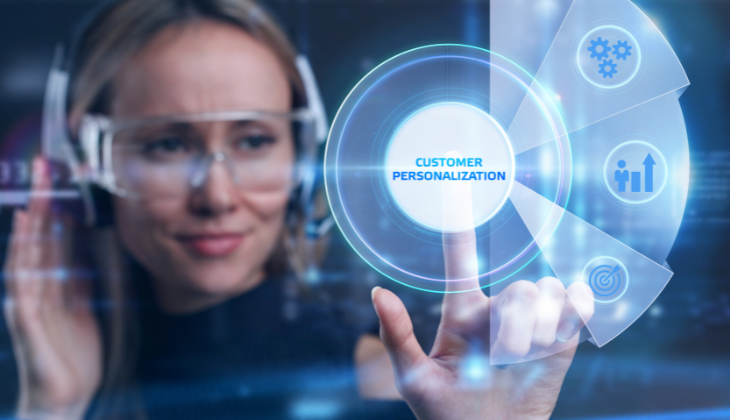Personalising the customer experience: this is the great challenge facing brands today. It’s no longer enough to bring a product or service to the market to compete, and even less so to offer the same as competitors. It is simply not feasible to compete with a generic product, with little or no differentiation. For this reason, it is essential to personalise products and optimise the customer experience to ensure survival in the short, medium and long term. Do you want to know how to do it? We'll tell you how in this article.
What is Customer Experience and How is it Measured?
Although we are sure you have already heard about customer experience and its relevance, it’s worth reinforcing some concepts. Customer experience refers to everything that the consumer feels about a brand or company, as well as the integral journey they follow throughout the purchasing and consumption process. By extension, we could say that at the heart of the experience lies the goal of keeping the customer as a customer, or keeping them coming back if they had decided to choose a competitor at a given time.
Why, then, is customer experience important? The answer lies in the concept itself. Without it, it becomes difficult to achieve the long-desired loyalty, which is the basis of a healthy long-term business, and compromises the company's public image in such a digitalised environment. If a few years ago dissatisfied customers were no more than a single loss, today they can turn a business into a failure due to the well-known digital reputation (reviews on social networks or platforms such as TripAdvisor and Google My Business).
Between Customer Experience and KPIs

Personalising the customer experience contributes to better sales numbers for your business, but also minimises the aforementioned risk of reputational loss. To measure a dimension as complex as customer experience you must first, as a company, have dedicated channels in place to improve the customer experience. Often, that responsibility falls on the customer experience areas; here are some KPIs that help to control the variable:
- Customer satisfaction ratings, which can be achieved through post-purchase and/or customer service surveys.
- Customer Lifetime Value or CLV, which provides information on spending and repeat purchases over the course of a commercial relationship.
- The retention rate, which measures the proportion of customers who continue to buy after a first purchase compared to the total number of consumers in a certain period.
Learn How to Personalise the Customer Experience in 3 Steps
1. Humanised and Sincere Customer Service
Customer service is becoming increasingly important in the corporate world. Today's users are much more demanding than a few years ago. Attention must be personalised, but it is not enough to segment email marketing campaigns and call the user by their name. Nor is it enough to create a false impression of customer knowledge if this is not the case.
Humanity stretches to the business world and there are sectors where personalised and sincere treatment greatly conditions the results. Two examples of this are in the hospitality and tourism industries. Therefore, our advice is very clear: seek to create a shopping and consumption environment that is real, human and welcoming; give the customer the treatment they deserve and make sure you listen to them in order to get to know them better and strengthen ties. This is the only way to achieve healthy business relationships where humanity is real, not forced.
2. Smart and Tailored Purchasing Suggestions
Get to know your customers' purchase patterns and you will have good information at your fingertips. What products did they visit on your website? Which ones stayed in their shopping cart? Is it the first time they have visited a certain section? Have they contacted the company's customer service department on different occasions for the same issue? These types of questions help to draw up a profile of the customer's purchasing behaviour and then offer tailored suggestions.
Get to know your customer and you will have gone a good part of the way! And be careful; this is not only valid for online businesses, but for any kind of company. In a restaurant, for example, it is essential to know the tastes of the regular diners; know how they prefer how their meat is cooked or their favourite table and dish. This makes a difference and increases the average customer's spending. The same is true for clothing shops or other tourism businesses.

3. Encourage Feedback and Diversify Channels
Customer support is a key pillar that can be kept in-house or outsourced. Either way, follow a defined strategy, aimed at guaranteeing effectiveness and efficiency in customer service without forgetting to create a unique feeling in the user. If the contact channels are varied, the possibility of creating personalised experiences will increase, as each consumer will be able to use the medium they like best. Resolving their doubts and problems is just as important as encouraging feedback, which will help the business improve.
In addition, service companies can be the perfect ally in the personalisation of products and in some phases of the customer experience. Delegating certain tasks increases specialisation and thus the chances of creating more successful products and services. Although we have compiled three of the most important factors to personalise the customer experience, there are many others: remembering special dates for the consumer and creating segmented marketing campaigns are other alternatives to guarantee success. Which one will you choose?








